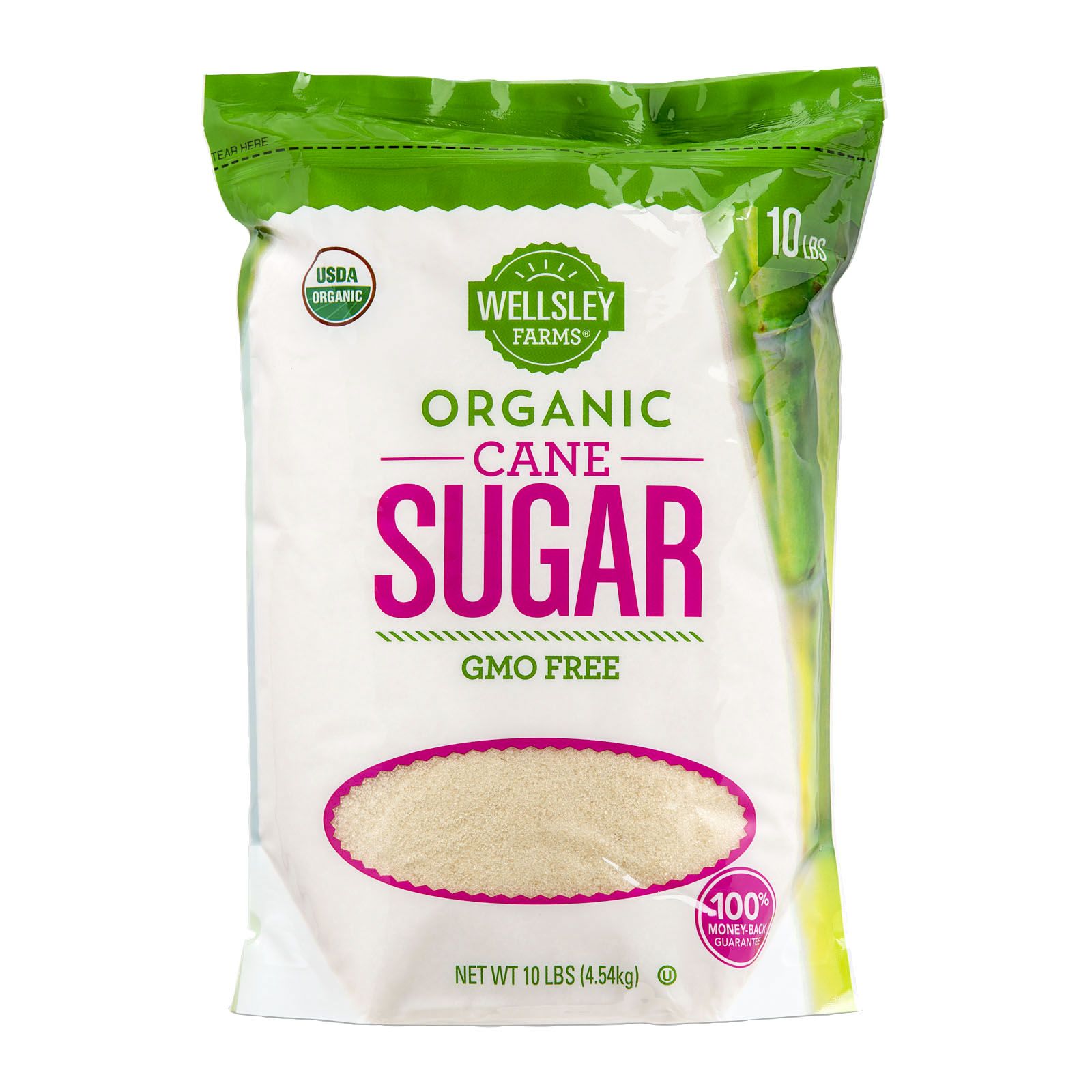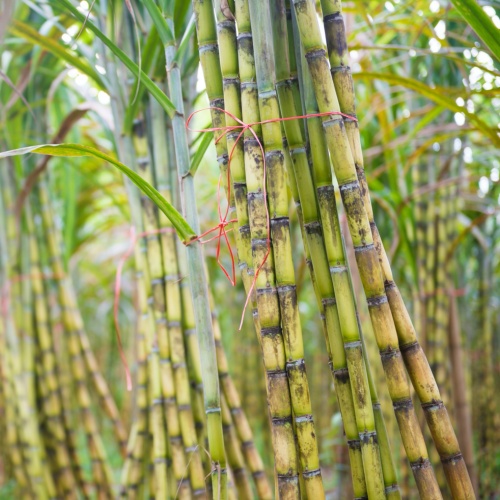Cane Sugar Processing Explained: What Occurs Inside a Sugar Mill
Cane Sugar Processing Explained: What Occurs Inside a Sugar Mill
Blog Article
Discovering the Comprehensive Steps Involved in Walking Cane Sugar Processing From Gathering to Improvement
The procedure of walking stick sugar production incorporates a collection of intricate actions, beginning with the cautious harvesting of sugarcane and culminating in the refinement phases that guarantee the final item fulfills sector standards. Each stage, from the extraction of juice to the purification and condensation procedures, plays a crucial duty in identifying the top quality and character of the sugar. Recognizing these phases not only highlights the intricacy of sugar manufacturing however likewise raises essential inquiries regarding performance, sustainability, and innovation in the market. What ramifications do these factors have for future practices?
Collecting Sugarcane
Collecting sugarcane is an essential action in the walking cane sugar processing chain, as it straight affects the top quality and return of the end product. Appropriate timing and methods are important throughout this phase to guarantee ideal sugar web content and reduce losses. Normally, sugarcane is gathered when it reaches maturation, generally 12 to 18 months after planting, characterized by a high sucrose concentration.

Post-harvest, the sugarcane has to be refined quickly to avoid sucrose deterioration. Ideally, gathered walking stick must be carried to refining centers within 24-hour to protect sugar top quality. As a result, efficient logistical planning is critical to maintain the stability of the harvested plant throughout the supply chain.
Extraction Refine

The smashed walking cane undergoes a collection of pushing operations to make the most of juice healing. Commonly, hot water is splashed onto the smashed walking stick, developing a countercurrent flow that aids dissolve the sugar while additionally aiding in the extraction procedure. The juice collected from this operation includes not just sugar however additionally various natural substances and impurities.

To boost extraction performance, some facilities might utilize diffusion techniques, where the sugarcane is soaked in warm water, allowing the soluble sugars to diffuse into the fluid. The resulting juice, rich in sucrose, is then guided to succeeding processing stages, laying the structure for purification and improvement. The extraction process is hence essential in figuring out the quality and return of the final sugar item.
Filtration Techniques
The filtration methods employed in walking cane sugar handling are essential for transforming the raw juice right into a top quality sugar product. These approaches largely intend to remove pollutants, such as dirt, plant materials, and inorganic compounds, which can detrimentally impact the end product's taste and shade.
Among the most usual purification strategies see is explanation. This process involves adding lime and warmth to the raw juice, which facilitates the coagulation of pollutants. The resulting precipitate is then gotten rid of through sedimentation or filtering, yielding a more clear juice. In addition, making use of phosphoric acid can enhance the clarification process by further binding pollutants.
One more considerable technique is carbonatation, where carbon dioxide is introduced to the made clear juice. This response produces calcium carbonate, which records staying pollutants and promotes their elimination.
Additionally, turned on carbon therapy might be put on adsorb any type of continuing to be colorants and organic impurities, ensuring a much more polished product. The combination of these approaches effectively prepares the sugar juice for subsequent steps in the refining procedure, setting the stage for the manufacturing of top quality walking cane sugar.
Condensation Techniques
After the purification stage, the following crucial action in cane sugar processing includes crystallization approaches, which play a critical duty in transforming the cleared up juice right into strong sugar. This procedure commonly employs 2 key approaches: spontaneous formation and regulated crystallization.
In spontaneous formation, supersaturated sugar solutions are allowed to cool naturally, causing the formation of sugar crystals in time. This approach is simpler yet may lead to uneven crystal dimensions and reduced pureness levels. On the various other hand, managed condensation is an extra precise strategy where seeding, focus, and temperature representatives are meticulously handled. This technique enables the consistent development of sugar crystals and higher purity.
Throughout crystallization, the cleared up juice is focused through dissipation, enhancing its sugar material till it gets to supersaturation. As soon as this factor is achieved, either method can promote the condensation process. Cane Sugar Processing. The resultant sugar crystals are then divided from the staying syrup through centrifugation
Inevitably, the option of formation method impacts the quality, dimension, and purity of the last sugar item, making this action vital in the overall walking cane sugar processing procedure.
Refinement and Product Packaging
Exactly how check this site out can the pureness and top quality of cane sugar be additionally improved after crystallization? The improvement process plays a vital function in accomplishing high-quality walking cane sugar. Complying with crystallization, sugar undertakes a complete washing to eliminate contaminations and recurring molasses. This is typically achieved utilizing cozy water or vapor, which helps dissolve and extract undesirable components while preserving the sugar crystals.
Next, the sugar goes through a procedure called centrifugation, where it is rotated at broadband to divide the cleansed sugar crystals from the remaining liquid. After centrifugation, the sugar is frequently more fine-tuned through a technique called carbonization or phosphatation, which uses triggered carbon or phosphoric acid to remove shade and off-flavors.
As soon as refined, the sugar is dried out to attain the desired moisture web content, making sure that it remains steady throughout storage space and transportation. The last action involves packaging the polished sugar in moisture-proof and closed containers to next maintain its high quality and protect against contamination. Cane Sugar Processing. Appropriate packaging not only expands life span but also facilitates very easy handling and distribution, making certain that customers obtain sugar that fulfills the greatest requirements of purity and top quality
Conclusion
The extensive actions associated with cane sugar handling, from the careful harvesting of sugarcane to the intricate refinement and packaging phases, emphasize the importance of each stage in making certain premium sugar production. Ideal harvesting strategies, reliable extraction approaches, and extensive filtration processes jointly add to the final product's purity and stability. The formation and subsequent packaging techniques even more improve the honesty and life span of the sugar, highlighting the complexity and precision integral in this important farming sector.
The procedure of walking stick sugar production includes a series of complex actions, beginning with the cautious harvesting of sugarcane and culminating in the improvement stages that ensure the last item satisfies sector criteria. Ideally, gathered walking stick ought to be transported to refining facilities within 24 hours to preserve sugar quality.In spontaneous formation, supersaturated sugar options are permitted to cool normally, leading to the formation of sugar crystals over time - Cane Sugar Processing. The refinement process plays an important function in accomplishing top quality walking cane sugar.The comprehensive steps entailed in cane sugar processing, from the meticulous harvesting of sugarcane to the detailed improvement and product packaging phases, emphasize the importance of each phase in making certain high-grade sugar manufacturing
Report this page